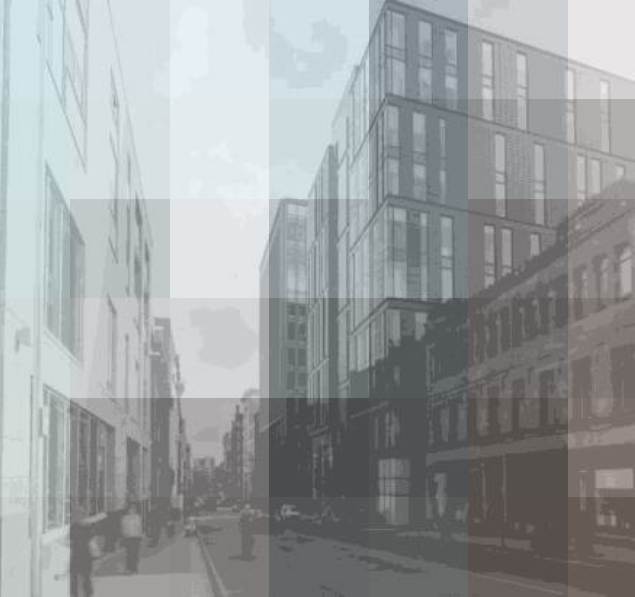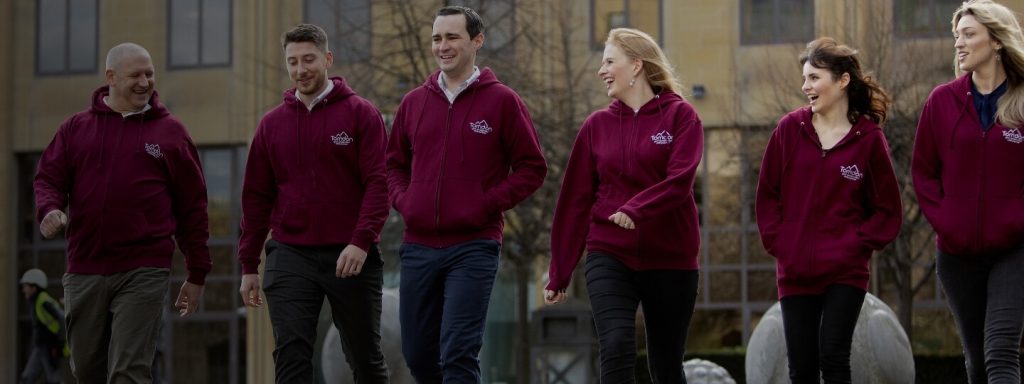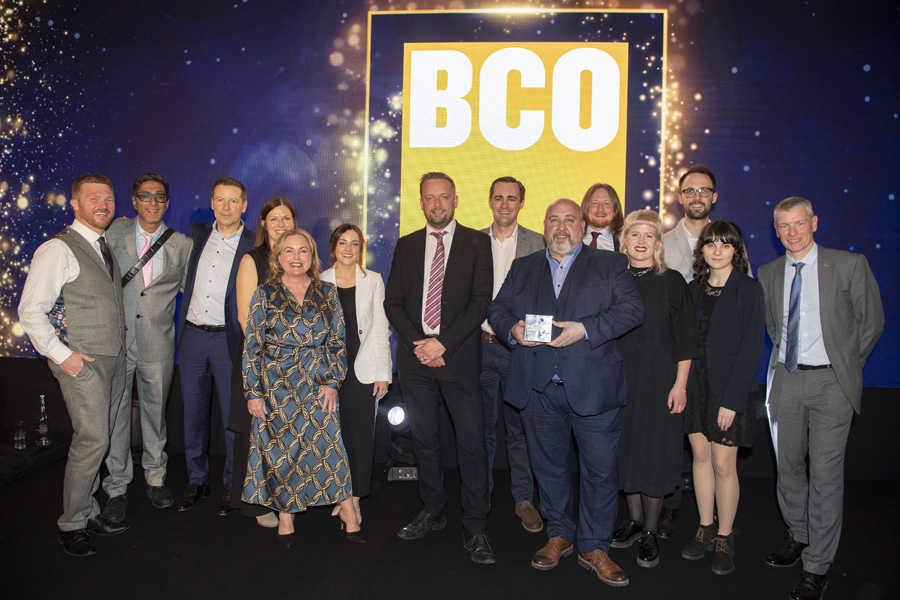
A stroll down any city street quickly reveals the architectural signs of past eras. Intricate facades, grand entrances and characteristic structures. However, as timeless as these exterior charms might appear, the inner workings of these ageing buildings often fail to keep pace with the rapidly changing demands of our modern world and, more importantly, our climate responsibilities.
This brings us to an exciting and urgent challenge: how can we transform yesterday’s offices into tomorrow’s sustainable workplaces? The answer lies in the practice of retrofitting – a building process bridges the gap between preserving the past and refurbishing the building for 21st-century sustainability.
At Torridon, we’re not just refurbishing old buildings, we’re breathing new life into them and preparing them for a future where energy efficiency, wellbeing, and productivity are paramount. We’re proud members of the UKGBC, and I actively participate in research into the costs and carbon impacts of various retrofit measures through task groups. But our journey goes beyond membership and research – it’s about action and transformation.
Here’s why it matters: approximately 70% of the UK’s non-residential buildings that were built before 2020 will likely require some form of retrofit by 2050 to align with our net-zero targets. That’s a considerable proportion of our urban landscape, which means there’s no time to waste.
Retrofitting is far more than a lick of paint and an aesthetic upgrade. It’s about reimagining and repurposing our spaces to meet the challenges and opportunities of our changing world. It involves considering how building design aligns with the way occupants want to use the space.
Too often we’ve seen Cat A office fitouts create energy-efficient shell and core buildings that, on paper, tick all the boxes. However, when tenants move in, they often find the lighting, ceilings or heating systems don’t fit their specific needs. The result? Brand new fittings head to the skip, cellularisation impacts ventilation systems, and energy consumption spirals beyond design expectations. All these issues are preventable with a little foresight and a lot of understanding of occupant needs during the design phase.
When we talk about retrofitting, we should always start with optimisation. Getting the basics right is essential. Adjusting heating systems, educating occupants about energy-efficient behaviours, surveying and modelling the building, undertaking low-cost interventions such as replacing central plant facilities. These are all critical steps that can deliver significant value for minimal disruption.
The more disruptive and costly measures come later, but often carry the most significant impacts, for example deep-retrofitting can often cut operational carbon emissions by over 60%. This transformation does need to be weighed against the initial capital outlay, but our experience has taught us that the long-term benefits far outweigh these costs.
Naturally, there are times when retrofitting isn’t the best option. When space is an issue or structural complications arise, sometimes it makes more sense to demolish and rebuild. However, the inherent value in our existing buildings and the need to consider embodied carbon makes this a last resort rather than a first port of call which it has become for so many years gone by.
So, are you ready to transform your space and embrace the retrofit revolution? Take the first step on your journey towards a more sustainable future by completing our Retrofit Readiness scorecard https://retrofitreadiness.scoreapp.com/ This easy-to-use tool offers valuable insights into how you can improve the energy efficiency of your building, align with net-zero targets, and create a healthy, productive environment for your employees. It’s time to leave yesterday’s offices behind and embrace a brighter, more sustainable future.
Tags: Construction Offices Refurbishment










